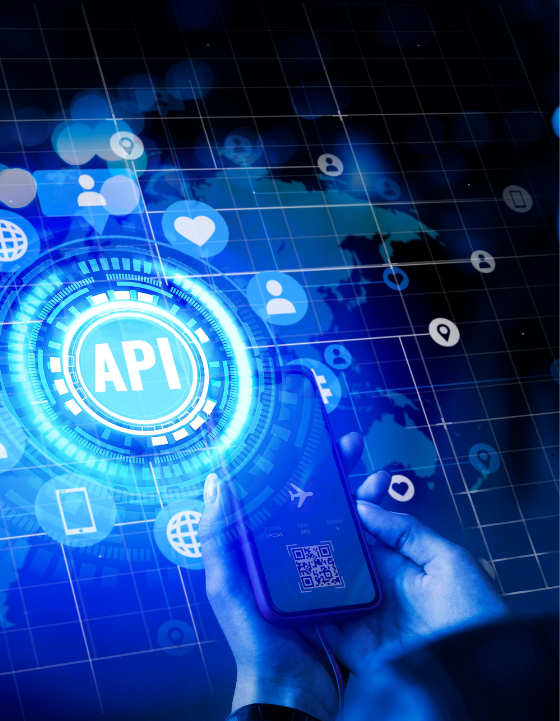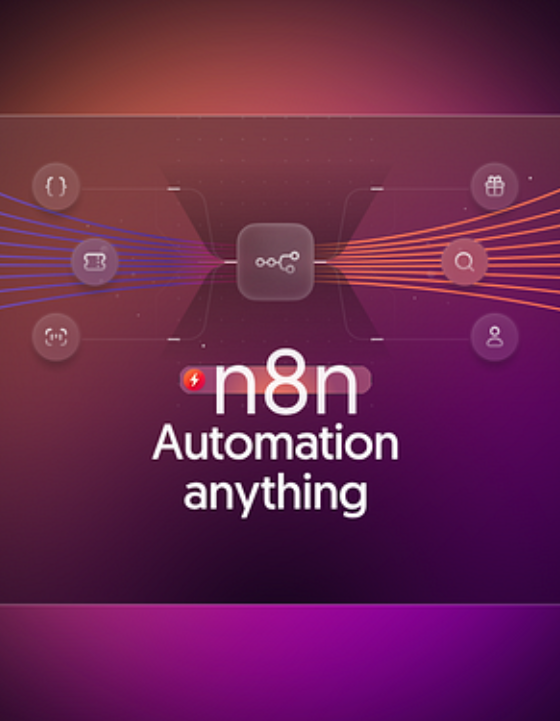In today’s digital economy, businesses face constant pressure to streamline operations, reduce costs, and increase output. The emergence of AI automation services has introduced a transformative solution, but with hundreds of tools and platforms flooding the market, many businesses are left asking: which AI automation services deliver ROI?
AI has become more than just a buzzword. It now powers core business functions, automates repetitive workflows, enhances customer experiences, and drives intelligent decision-making. However, not every AI solution provides measurable value. For AI automation to generate true return on investment, it must solve a real problem, integrate seamlessly into operations, and scale with the business’s needs.
What Is AI Automation and Why Does ROI Matter?
AI automation involves using artificial intelligence to perform tasks that traditionally required human intervention. This includes everything from data entry, email responses, and predictive analytics to supply chain optimization and customer support.
ROI, or return on investment, is the most critical metric for determining whether an AI solution is worth the cost. Implementing new software or tools comes with expenses subscriptions, integrations, training, and change management. A service that claims to automate tasks must not only save time but also improve performance or generate revenue. If it doesn’t, it’s simply a tech cost, not an asset.
Common AI Automation Myths That Hurt ROI
One of the biggest misconceptions is that AI automation will immediately replace human workers. The truth is, AI works best as an enhancer, not a replacer. It improves workflows by handling low-value tasks, allowing teams to focus on strategy and innovation.
Another myth is that any AI tool can fit every business. Companies that blindly adopt tools without aligning them with their goals often see no clear ROI. It’s essential to identify pain points before choosing automation services.
Some believe AI requires massive budgets and enterprise-level infrastructure. But thanks to low-code and no-code solutions, even small and medium-sized businesses can now leverage automation with minimal technical overhead.
Characteristics of High-ROI AI Automation Services
Successful AI automation services share certain characteristics. First, they focus on real business outcomes, saving time, improving customer experience, or driving conversions. They also offer easy integration with existing systems, whether CRMs, ERPs, or communication tools like Slack and Microsoft Teams.
These services don’t just automate, they adapt. Through machine learning, they get smarter with use, leading to compounding returns. High-ROI tools come with measurable KPIs, regular updates, and strong customer support to help businesses scale.
Transparency is also crucial. The best tools allow users to monitor performance, troubleshoot issues, and tweak workflows. Without visibility, measuring ROI becomes difficult.
Key Business Areas Where AI Automation Delivers ROI
Lead Generation and CRM Management
AI tools that qualify leads, schedule meetings, and send follow-ups reduce the manual burden on sales teams. They identify high-intent prospects using behavioral data, improving close rates. Platforms that integrate with CRMs like HubSpot or Salesforce can automatically update records and segment leads, ensuring no opportunity is missed.
Customer Service and Chatbots
AI-powered chatbots and virtual assistants provide 24/7 customer support, resolving common issues instantly. This reduces support costs and improves customer satisfaction. Advanced bots learn from interactions, improving over time and escalating complex queries to human agents.
Marketing Automation
AI enhances marketing strategies by analyzing customer behavior and delivering personalized content. Tools can automate email marketing, segment audiences, and optimize ad campaigns using real-time insights. Businesses that adopt AI in marketing often see better engagement and lower acquisition costs.
Workflow Automation
For internal operations, tools like Zapier, Make, and n8n can automate repetitive tasks, such as syncing data between apps, sending notifications, and managing approvals. Custom automation built with no-code or low-code platforms increases efficiency without heavy development costs.
Finance and Accounting
AI automates invoice processing, expense tracking, and financial forecasting. Tools can detect anomalies, reduce fraud, and provide real-time reports. By improving accuracy and speed, AI saves both time and compliance risks.
Human Resources
From resume screening to employee onboarding and engagement surveys, AI-powered HR tools streamline hiring and management processes. This results in better talent matching and reduced administrative overhead.
How to Choose AI Automation Services That Drive ROI
Start by mapping out time-consuming or error-prone tasks in your operations. Look for areas where automation would directly free up resources or improve accuracy. Next, identify tools that integrate with your current systems and offer customization.
Avoid jumping on trends. Instead, prioritize platforms that offer clear documentation, transparent pricing, and real-world use cases in your industry. A free trial or pilot program can help validate effectiveness before full-scale deployment.
Partnering with an AI consulting firm or automation expert ensures your strategy is aligned with goals and avoids pitfalls. The right guidance can shorten implementation timelines and improve ROI.
Mistakes to Avoid That Kill ROI
Many businesses fail to track performance metrics post-deployment. Without KPIs, it's impossible to assess ROI. Define success upfront, whether that’s hours saved, an increase in conversions, or a reduction in costs.
Another mistake is ignoring user adoption. If your team resists the new tools, ROI won’t materialize. Invest time in onboarding, training, and gathering feedback. Choose intuitive platforms that require a little learning curve.
Underestimating change management also impacts results. New workflows may require changes in roles and communication. Plan for gradual implementation with room for adjustments.
Case Studies: AI Automation That Worked
A real estate agency used AI to automate lead qualification and appointment scheduling. This reduced manual follow-up time by 40% and improved client conversion by 25%.
A healthcare provider implemented AI-based claims processing and saw a 60% decrease in processing time and a significant reduction in billing errors.
An e-commerce brand used AI for inventory forecasting and automated restocking alerts. This reduced stockouts and increased monthly revenue by 15%.
These success stories show that with the right tools and strategy, AI automation services can yield significant returns.
Scaling AI for Long-Term ROI
AI doesn’t stop at initial gains. The more you use it, the more data it gathers, and the more intelligent it becomes. Start small, measure outcomes, and scale gradually. Regular audits ensure the system stays aligned with your goals and that ROI continues to improve.
As new models and APIs emerge, your existing workflows can evolve. An agile mindset is critical. Platforms like OpenAI, Google Cloud AI, and custom no-code automation builders offer modular scalability.
Key Takeaways
- Not all AI automation services offer real ROI. Success depends on alignment with business needs.
- Focus on tools that solve specific problems, integrate easily, and offer data transparency.
- Use AI in lead generation, customer service, marketing, HR, finance, and operations.
- Track KPIs, encourage adoption, and update workflows regularly.
- ROI grows over time with intelligent systems that adapt to your data.
Our Opinion
AI automation is no longer optional; it’s essential for businesses that want to stay competitive. But choosing the right service makes all the difference. Focus on tailored solutions, reliable support, and measurable results.
At Soraia, we help you implement AI automation solutions that are practical, scalable, and ROI-driven. Ready to see results?
Contact us today to schedule a consultation and explore how we can streamline your operations with AI.




.png)



















.png)























.png)














.png)

.webp)





